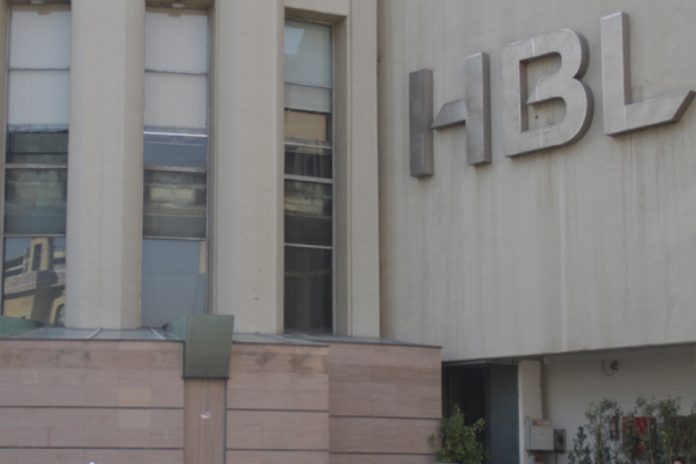Habib Bank, one of the largest private banks in Pakistan which opened its branch in Urumqi, is eyeing opportunities connected with the China-Pakistan Economic Corridor (CPEC), a key component of the Belt and Road Initiative. Xinjiang is the starting point of the CPEC, which links the region with the Gwadar port in Pakistan.
The CPEC is estimated to draw infrastructure investment of $45 billion. “We have always been very active on the frontlines of the CPEC,” a top bank official said on Tuesday. Bank of Beijing has also established its branch last week in Urumqi, the capital of Xinjiang.
According to experts, domestic and foreign financial institutions have been pouring into Northwest China’s Xinjiang Uyghur Autonomous Region in recent months, looking for opportunities under China’s “One Belt, One Road” (B&R) initiative.
There are abundant opportunities in the infrastructure sector, as major investment is planned, and that will attract even more companies into Xinjiang. Wang Yu, a top executive at the Bank of Beijing branch in Urumqi, said that the bank first came to Xinjiang in 2015 to “seize the major opportunities of the Belt and Road.”
Wang noted that the bank has been involved in financing some infrastructure projects in Urumqi.These are just the latest examples of financial institutions entering Xinjiang to lay the foundations for opportunities that could stem from the B&R initiative.
At the end of 2016, there were 144 financial institutions in the region, spanning 15 different categories, including personal banking and investment banking. Xinjiang’s banking sector raised 293.8 billion yuan ($42.73 billion) for B&R projects in the region in 2016, up 16.18 percent.
Ma Jie, dean of the entrepreneurship school at the Xinjiang University of Economic said, Xinjiang’s major plan to improve infrastructure as part of the B&R initiative will attract even more companies.
“Most of the opportunities are in the infrastructure sector now because that’s what the government is focused on,” Ma said, pointing to a regional government target of 1.5 trillion Yuan investment in fixed assets in 2017.
In addition to infrastructure, other sectors such as equipment production will also be a focus of the government to support the B&R initiative and the local economy noted Ma.
Xinjiang’s GDP grew 7.6 percent in 2016, higher than the national average of 6.7 percent, the Xinjiang regional government said on February 13.
Xinjiang has been helping local companies gain more access to the capital markets. On January 5, the Xinjiang regional government signed an agreement with the China Securities Regulatory Commission.
The agreement gives companies based in Xinjiang a “green expressway” to be listed on the Shanghai and Shenzhen stock exchanges.




